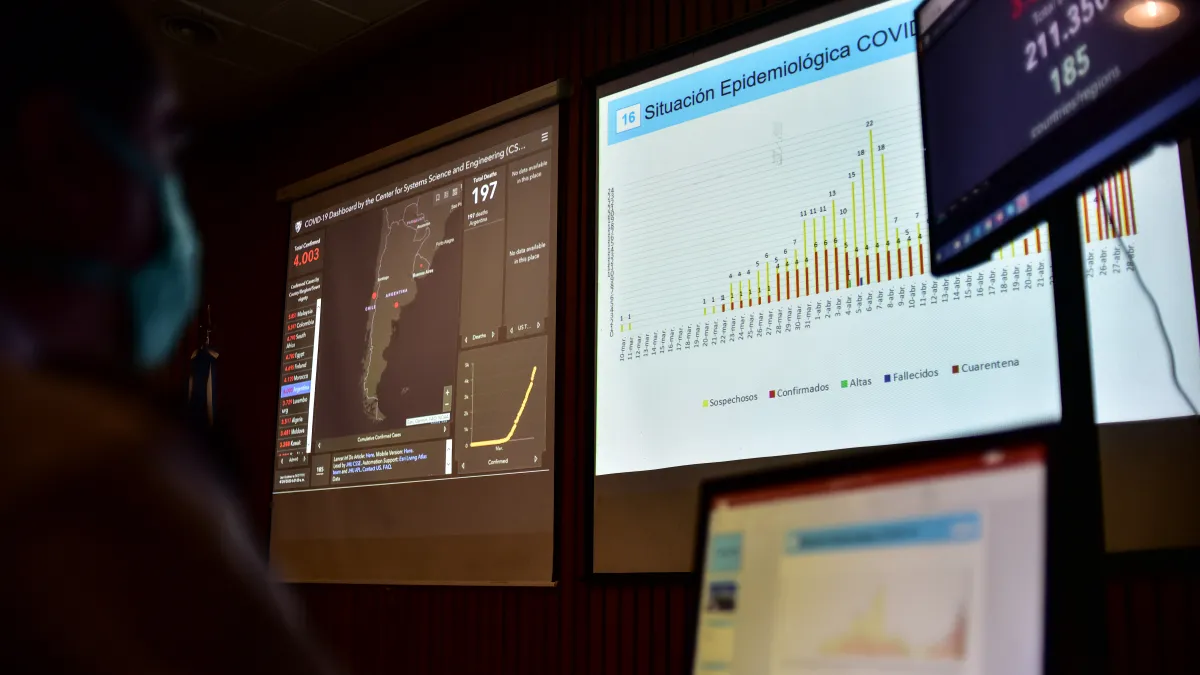Businesses can use data analytics to excel — but only if they know how to make the most of it. Messy management or a tech-centric view of data and analytics can undermine its potential.
The framework for optimizing data value starts with developing the vision for how it fits into business needs, Rita Sallam, research VP at Gartner, said during the Gartner Data and Analytics Summit 2021 on Thursday. Then data and analytics leaders brainstorm, manage and communicate use cases to get the most out of data efforts.
"In order to be successful, you as the data and analytics leaders at whatever level need to function as your organization's chief value officers," Sallam said. "You need to build that skill, and that competency, not only to articulate benefits but actually to realize those benefits."
When data and analytics leaders develop business-facing key performance indicators and partner with other business units, they are 1.7 times more likely to demonstrate ROI and business value, according to Gartner data released Wednesday. Focusing on technology instead of people makes data leadership less successful.
The vision for change should be tightly aligned with the business strategy and operating model so that even if plans change, the vision stays consistent, according to Sallam. This establishes a shared goal between data leaders and the business to work toward.
Strategies to optimize data use
With a strong vision, data leaders can brainstorm ways to use data and analytics and begin optimizing the value of data, according to Sallam.
Alongside stakeholders, data and analytics leaders can work to understand what they are trying to achieve from a business perspective, how to measure success and where there are opportunities to innovate.
"You want to think about innovating with maybe unknown use cases, discovering how people are innovating with data and analytics in different domains and industries," Sallam said.
Coming up with ideas creates a slew of options where leaders can apply data and analytics. Next, leaders must assess and prioritize, according to Sallam. Ideas could be sorted by related initiatives or business value, for example.
Gartner recommends the ROAR model— risk, opportunity, appetite and return — to select optimal ideas to pursue. The model considers the strategic business focus, business value, and success contributors and inhibitors to narrow all of the ideas into the priorities.
"The ROAR model helps you compliment or overcome some of the challenges with econometric approaches by letting you look at things in terms of [a] full portfolio, allowing you to optimize the portfolio in terms of your strategic business focus," Sallam said. "You're able to see risks explicitly and then leverage that information in your operating model."
Half of the benefit of using data and analytics is value management, ideating and prioritizing projects. Then, they can get into modeling it and getting the numbers right, according to Sallam.
To manage resources in each project, leaders should know where to proceed and where to stop. For example, "how do you balance innovation with mainstream keeping the lights on investments," Sallam said. Rely on the operating model and portfolios previously developed to guide outcomes.
"Take your role as chief value officer as one that's commission critical as well," Sallam said."It's not enough just to deliver on the technology, but you have to deliver on the value."
But managing and completing each project isn't the final step. To optimize value, data leaders have to be storytellers, too, according to Sallam. Communicating the value to other business stakeholders leaves an inway to further other data and analytics projects.
"One of the best practices I've seen from a number of clients is they actually engaged the marketing team in their organization to help them brand their organization, to help them craft those value stories, help them build out that communication mechanism to the rest of the organization," Sallam said.





















